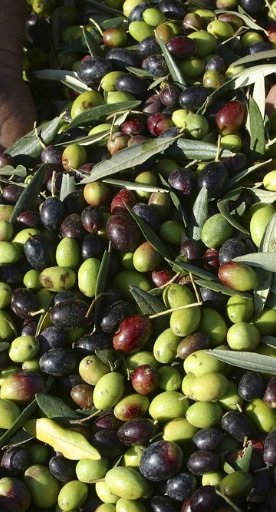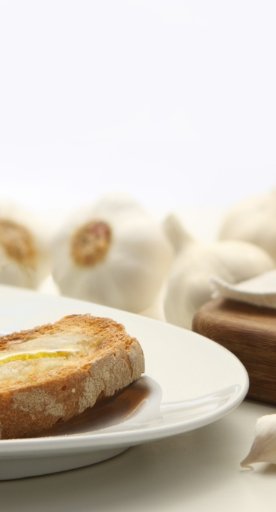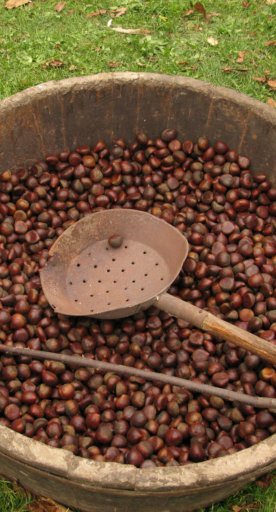

Four Original Sweets from Tuscany
Here’s how some of the most extravagant traditional Tuscan sweets came to be ...
Not just the well-known Ricciarelli from Siena, Schiacciata from Florence or Buccellato from Lucca—there are many traditional Tuscan desserts, often linked to the peasant culture, ancient customs and simple ingredients.
Today, we are going to take you on a mouth-watering tour to discover four truly original and flavorful Tuscan sweets!
-
1.Torta ricciolina
-
2.Befanini
-
3.Amor
-
4.Copate
Torta ricciolina

The Torta Ricciolina—which delightfully translates to “Curly Cake”—is a typical sweet from Abbadia San Salvatore that can be enjoyed only in this village on the Siena side of Mount Amiata.
Local history tells that this dessert was developed in the early 1900s by a local pastry chef who decided to revisit Pellegrino Artusi’s recipe of the same name. The result is a shortcrust pastry casing filled with chocolate cream and dried fruit, topped with soft variegated meringue. Truly delicious and delightful!
Befanini

Yet another really nice sweet hails from the province of Lucca where, on the occasion of the fest of the Epiphany, Befanini cookies are brought to the table. Every family, from the Garfagnana to Versilia area, has its own recipe for these colorful cookies that come in a broad variety of shapes.
The simple yet tasty recipe is perfect for making with children, who will really enjoy decorating the cookies.
Amor

There is yet another very special treat in Lunigiana: the Amor from Pontremoli, the recipe or which has been handed down for generations through a few historic bakeries in the village yet has never been fully revealed.
The history of these cookies is very special. Apparently, it was a Swiss confectioner, Maurizio Steckli, who brought the recipe to these mountains between Tuscany and Liguria in the early 1900s.
A soft and creamy heart is enclosed between two crispy wafers, for an explosion of flavor that is sure to win over everyone!
Copate

A very ancient sweet from Siena is the Copate, made with almonds, sugar and egg whites.
Although the origin of the name is unclear, it seems that these sweets were invented by nuns in Montecelso who decided to make the sacrificial hosts tastier by adding honey to them. From there, a monk mixed together sugar, honey and walnut kernels until creating the new and tasty filling which, in the 1700s, was also enriched with cocoa, giving rise to the “copate nere” (“black copate”).































































































